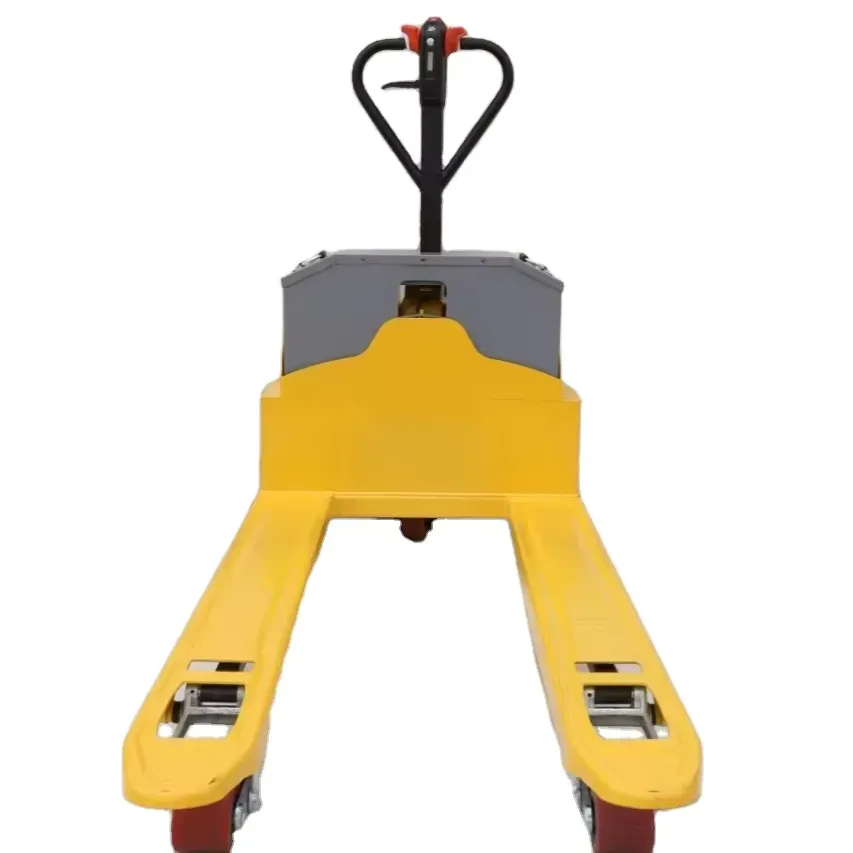


Understanding Fall Arrest Systems A Critical Safety Component
In various industries, particularly construction, maintenance, and telecommunications, workers often find themselves in hazardous situations where the risk of falls from heights is significant. To mitigate this danger, the implementation of a fall arrest system (FAS) is paramount. Fall arrest systems are designed to protect workers from falling and to minimize the consequences of a fall when it occurs. This article explores the components, types, and importance of fall arrest systems in ensuring worker safety.
A fall arrest system is a combination of equipment that prevents a worker from hitting the ground in the event of a fall. It typically consists of three main components an anchorage point, a harness, and a lifeline or lanyard. The anchorage point is a secure attachment point that can be anything from a beam or a structure to specialized anchors designed for fall protection. The harness is worn by the worker and is designed to distribute the forces of a fall across the body, reducing the risk of injury. The lifeline or lanyard connects the harness to the anchorage point and is critical in stopping the fall before impact with the ground.
There are several types of fall arrest systems, each suited for different work environments and applications. The most common types include personal fall arrest systems (PFAS), which are designed for individual workers and provide a means to safely support them during a fall. Another prevalent type is a collective fall arrest system, which protects multiple workers and is often used in scaffolding or other shared workspaces.

The importance of fall arrest systems cannot be overstated. Each year, thousands of workers are injured or killed due to falls from heights. According to statistics from the Occupational Safety and Health Administration (OSHA), falls are one of the leading causes of workplace fatalities in the construction industry. Implementing an adequate fall arrest system significantly reduces the likelihood of falls and, in turn, saves lives.
Training and proper use of fall arrest systems are essential. Workers must be adequately trained to understand how to use the equipment, recognize potential hazards, and follow safety protocols. Employers are responsible for ensuring that their workers are equipped with the necessary safety gear and that they are trained in its correct use. Regular inspections of the fall arrest systems are also crucial, as wear and tear can compromise their integrity.
Moreover, adherence to regulations and standards set by organizations such as OSHA is vital. These regulations provide guidelines for the proper design, installation, and maintenance of fall arrest systems. Compliance not only ensures worker safety but also protects employers from legal liabilities and potential fines.
In conclusion, fall arrest systems play a vital role in workplace safety, particularly in environments where the risk of falls is inherent. By understanding the components, types, and proper usage of these systems, both employers and employees can work together to create a safer work environment. Investing in reliable fall arrest systems and ensuring thorough training can significantly reduce the number of accidents associated with falls from heights, ultimately saving lives and fostering a culture of safety in the workplace. As the phrase goes, “Safety is no accident,” and with the right measures in place, fall-related incidents can be prevented.



